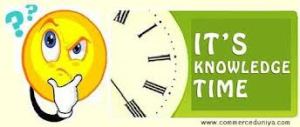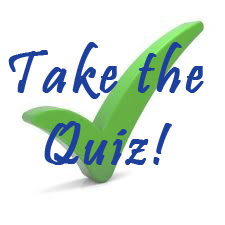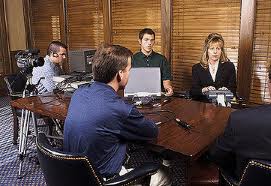When you have more Special Interrogatories than the allowable 35, you must send a Declaration for Additional Discovery along with the Special Interrogatories when you serve them. Sample language for this declaration is found in the California Code of Civil Procedure section 2030.050:
DECLARATION FOR ADDITIONAL DISCOVERY
I, __________, declare:
1. I am (a party to this action or proceeding appearing in propria
persona) (presently the attorney for __________, a party to this
action or proceeding).
2. I am propounding to __________ the attached set of
interrogatories.
3. This set of interrogatories will cause the total number of
specially prepared interrogatories propounded to the party to whom
they are directed to exceed the number of specially prepared
interrogatories permitted by Section 2030.030 of the Code of Civil
Procedure.
4. I have previously propounded a total of __________
interrogatories to this party, of which __________ interrogatories
were not official form interrogatories.
5. This set of interrogatories contains a total of __________
specially prepared interrogatories.
6. I am familiar with the issues and the previous discovery
conducted by all of the parties in the case.
7. I have personally examined each of the questions in this set of
interrogatories.
8. This number of questions is warranted under Section 2030.040 of
the Code of Civil Procedure because __________. (Here state each
factor described in Section 2030.040 that is relied on, as well as
the reasons why any factor relied on is applicable to the instant
lawsuit.)
9. None of the questions in this set of interrogatories is being
propounded for any improper purpose, such as to harass the party, or
the attorney for the party, to whom it is directed, or to cause
unnecessary delay or needless increase in the cost of litigation.
I declare under penalty of perjury under the laws of California
that the foregoing is true and correct, and that this declaration was
executed on __________.
_____________
(Signature)
Attorney for_____________________________________
 Here are the answers to yesterday’s quiz on discovery:
Here are the answers to yesterday’s quiz on discovery:
